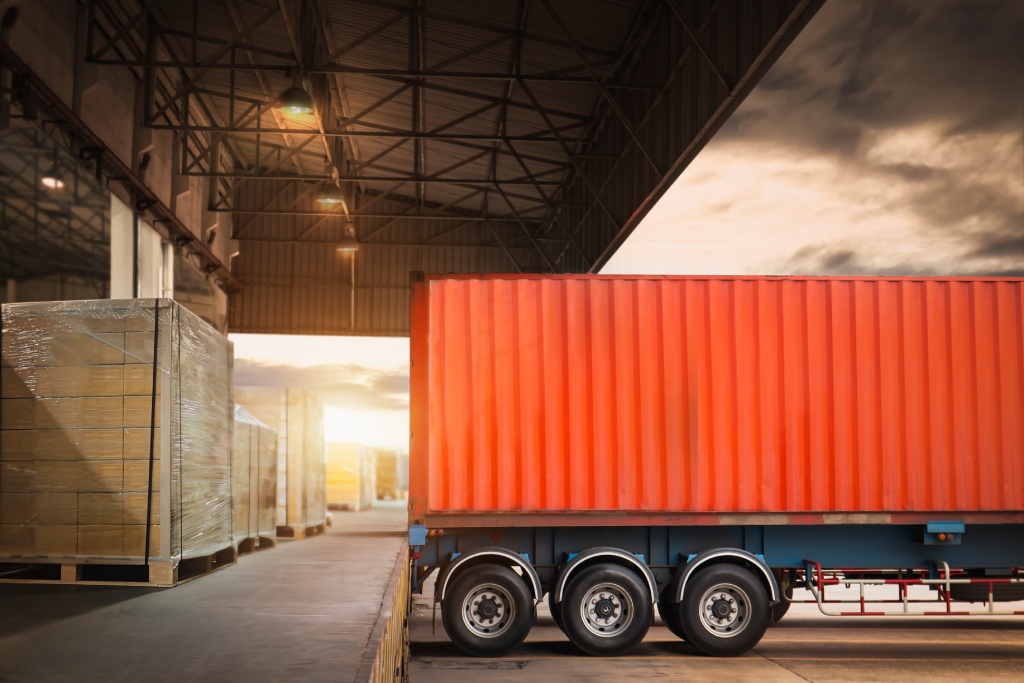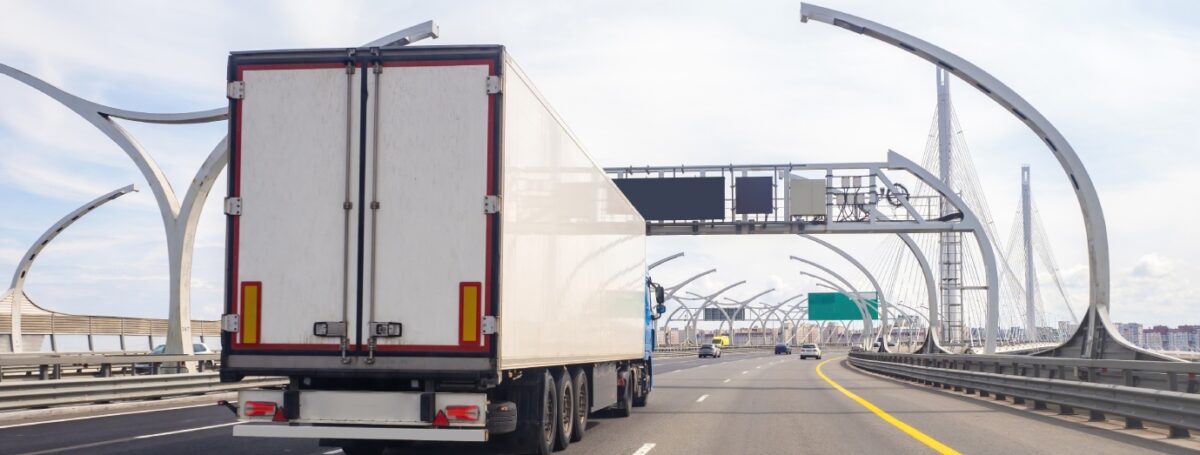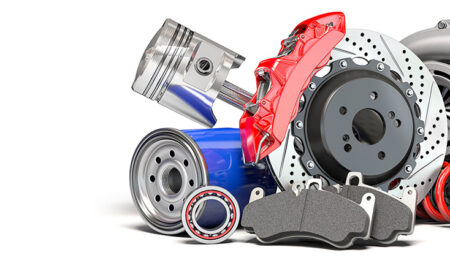Navigate NAFTA 2.0 Confidently: The Complete Shipper’s Guide
Keeping up with changes to the trade landscape isn’t always easy. Have you read NAFTA 2.0? This document, which is the newest version of the North American Free Trade Agreement (NAFTA), is also referred to as the United States-Mexico-Canada Agreement (USMCA). For many shippers and logistic services professionals, it can also be a confusing mish mash of information. It is time to get a handle on NAFTA 2.0 and what is has to offer your shipping business. We list some of the highlights below.
Understanding NAFTA 2.0: What Has Changed?

NAFTA 2.0 brings trade relations among the U.S., Mexico, and Canada into the modern age. Inspired by the original NAFTA, it also embraces several changes that reflect the current economic environment. Here are the highlights:
Rules of Origin
Where a vehicle’s products come from has always affected whether or not it gets tariff-free access across borders. In the newest NAFTA version, these “rules of origin” are stricter, especially for vehicles. Higher percentages of a vehicle must come from North America in order to earn tariff-free status. That can make your supply chain and sourcing decisions a little different from what you have been doing.
Labor Provisions
Another area where NAFTA 2.0 is stricter than its previous version is in its labor provisions, especially those that affect Mexican labor laws. These more stringent requirements create a more equitable environment, but can also make it harder for your cross-border business to comply with all relevant labor laws.
Customs and Trade Facilitation
While some things are getting tighter in the wake of NAFTA 2.0, others are making cross-border trade easier. For example, the new agreement makes it easier to clear goods, increases transparency in the process and makes it easier for customs authorities in all three countries to cooperate with each other.
Digital Trade
Because digital trade is growing alongside every other area of the digital realm, NAFTA 2.0 includes new digital trade rules. These rules make it easier to trade information across borders and remove customs fees on certain digital products. These rules create an opportunity for e-commerce businesses to thrive.
Environmental and Energy Standards
The agreement also strengthens environmental and energy standards to that trade policies align with modern environmental goals. This has implications for shippers dealing with products in industries like energy, chemicals, and agriculture.
Benefits for Shippers

While NAFTA 2.0 introduces new challenges, it also offers several benefits for shippers:
Increased Market Access
Thanks to its removal of tariffs for many goods, NAFTA 2.0 continues to make it easy to access 500 million consumers across all of North America.
Improved Trade Efficiency
Everyone wants to spend less time in customs. NAFTA 2.0 makes it possible by cutting back on regulations and implementing procedures that shave time off of border crossings.
Protection of Investments
Do not just protect your goods. Keep your investments and intellectual property safe. NAFTA 2.0 supports this effort because its writers understand that investment and intellectual property protections are more important than almost any other part of cross-border trade.
Support for Small and Medium Enterprises (SMEs)
Finally, NAFTA 2.0 works to support SMEs with the goal of making it easier for them to engage in international trade. You do not have to be a big company to work across borders.
To get the most of NAFTA 2.0, you have to understand and remain compliant with it. We can help. For more information on how Mexcal Truckline can assist you with your cross-border shipping needs, get in touch.






